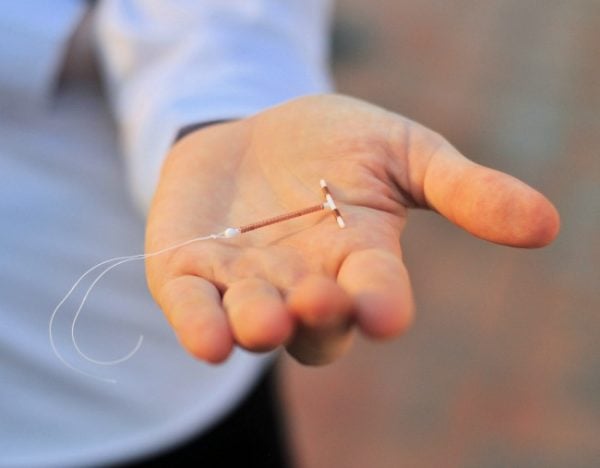
They occur in one to two per cent of all pregnancies – but for a lot of women, the subject of ectopic pregnancy can be pretty unknown.
To find out everything there is to know about ectopic pregnancy, we spoke to some of Australia’s leading fertility experts to find out exactly what ectopic pregnancy is, why it occurs and how it’s treated.
Here’s everything you need to know.
What is an ectopic pregnancy and what causes it?
An ectopic pregnancy (also known as a tubal pregnancy) occurs when a fertilised egg implants itself outside of the uterus.
In a normal pregnancy, a fertilised egg would travel through the fallopian tube before implanting in the uterus.
In an ectopic pregnancy, however, the egg instead implants itself outside of the uterus.
“The vast majority of ectopic pregnancies occur, of course, in the fallopian tubes themselves, but sometimes it can even occur in other areas and very rarely it can occur in the tummy,” obstetrician, fertility specialist and gynaecologist Dr Joseph Sgroi told Mamamia.
While ectopic pregnancies only occur in around one to two per cent of all pregnancies, there are a number of reasons for why it may or may not occur.
Pelvic Inflammatory Disease
Pelvic Inflammatory Disease (PID) is one of the more prominent factors associated with an increased risk of ectopic pregnancy.
PID, which is an infection of the female reproductive system typically caused by chlamydia or gonorrhea, can cause significant damage and scarring to the fallopian tubes.



Top Comments